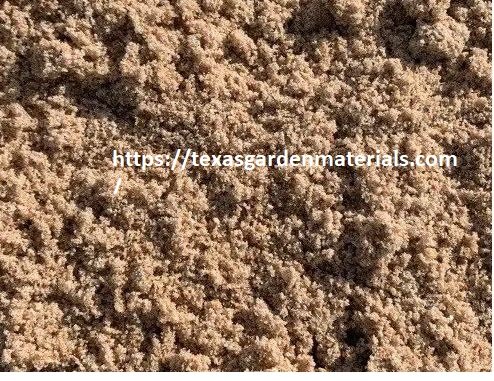Concrete Sand: Essential Ingredient for Strong, Durable Constructions
Concrete is one of the most widely used building materials in the world, and its strength and durability depend on a mix of essential components. Among these, concrete sand plays a crucial role. It is a key ingredient in creating strong, workable, and long-lasting concrete mixes. But what exactly is concrete sand, and why is it so important?
What is Concrete Sand?
Concrete sand is a type of sand specifically graded for use in construction. It is finer than gravel but coarser than other types of sand, such as masonry or play sand. Typically composed of silica (quartz), it is processed to remove impurities and ensure the right particle size for use in concrete.
It is known for its clean and consistent texture, making it ideal for concrete mixtures, as it provides the right balance between binding and flexibility. The grains are often angular, which helps improve the strength of the final product by locking together with cement and aggregates.
How is Concrete Sand Produced?
Concrete sand is primarily sourced from natural quarries, where it is extracted from river beds, lakes, or manufactured by crushing rocks and stones. After extraction, the sand is screened and washed to remove clay, silt, and other debris. This process ensures that the sand meets the stringent specifications needed for construction applications.
Importance of Concrete Sand in Construction
The role of concrete sand in construction is integral for several reasons:
Strength and Durability: Concrete sand provides the necessary structural integrity to concrete mixes. Its granular structure allows for better interlocking with cement, leading to enhanced compressive strength in the final product. This results in more durable foundations, slabs, bridges, and other structures.
Workability: Concrete sand ensures that concrete is workable, meaning that it can be easily poured, shaped, and finished. Its even particle size distribution prevents the mix from becoming too sticky or too dry, improving the ease of use during construction.
Water Permeability: The right amount of concrete sand helps in controlling the water retention and drainage of the concrete mix. By aiding in better water distribution, it reduces the risk of cracking or shrinking during the curing process.
Adhesion: It serves as a binder between cement and other aggregates (such as gravel or crushed stone), ensuring that the concrete holds together well. The rough texture of concrete sand improves the grip between particles, leading to a more cohesive mix.
Concrete Sand in Various Applications
Concrete sand is used in a wide range of construction projects, such as:
Foundations: It forms a key component of concrete for building strong foundations, ensuring they can support the weight of structures above.
Road Construction: Roads and pavements rely on concrete sand to create smooth, long-lasting surfaces that can withstand traffic wear and tear.
Bricklaying and Masonry: Concrete sand is used as a base material and in mortar mixes for constructing brick walls, ensuring a stable, even foundation for structures.
Landscaping: In outdoor projects like patios and walkways, concrete sand provides a stable base that allows for proper drainage, preventing water pooling and erosion.
Choosing the Right Concrete Sand
When selecting concrete sand for your project, it's crucial to choose a product that meets industry standards, such as ASTM C33. Proper grading, cleanliness, and consistency in particle size are essential factors in ensuring a quality concrete mix. If you're unsure about the right sand for your project, consulting with a supplier or construction expert can help you make an informed decision.
Conclusion
Concrete sand may seem like a simple material, but its impact on construction quality is profound. From improving the strength and durability of concrete to ensuring workability and water permeability, it is a critical component that can make or break a project. Understanding its properties and choosing the right grade can ensure that your concrete structures are built to last.
